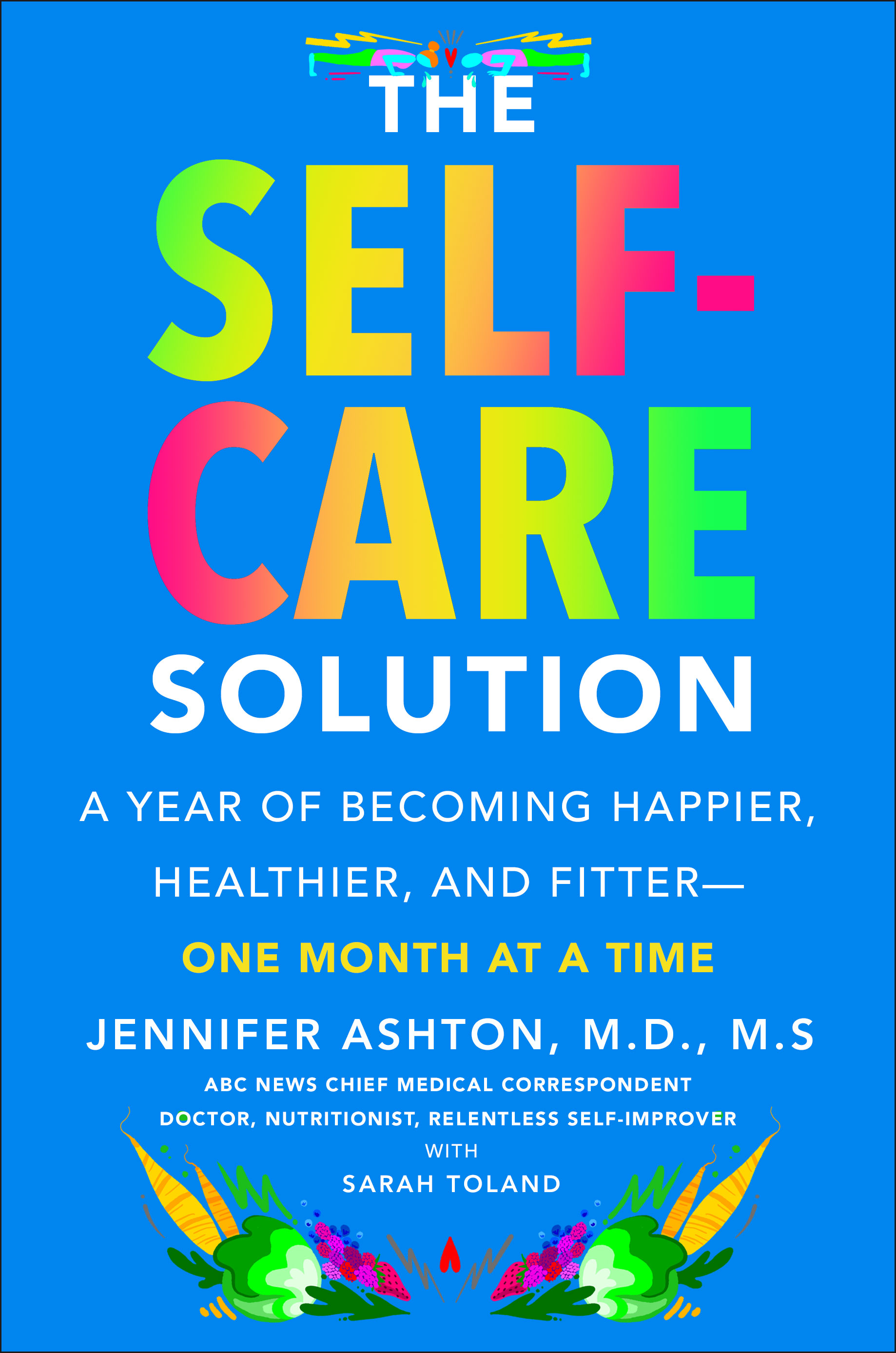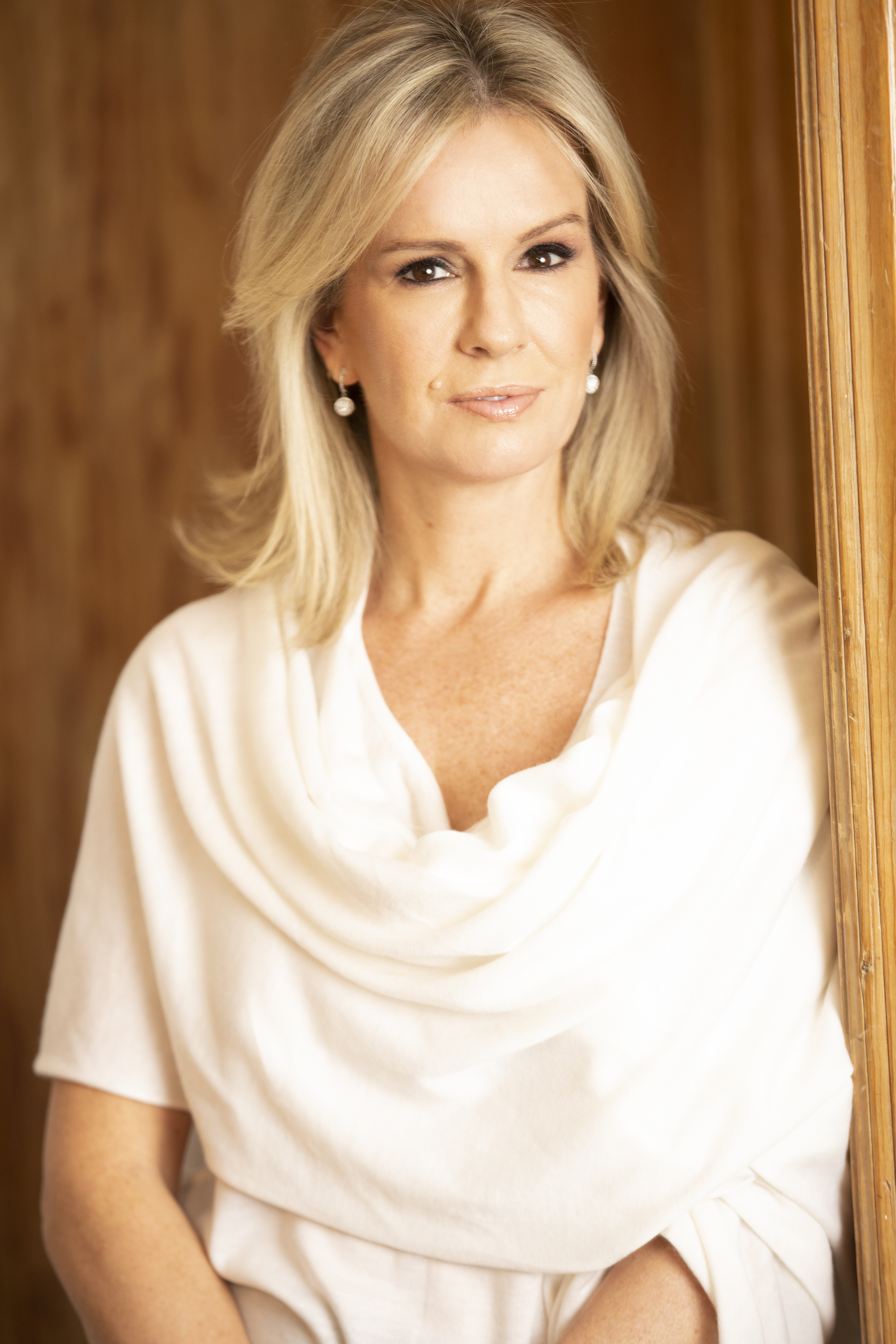Unlike some challenges, daily meditating requires no physical exertion or dietary discipline. You don’t have to drop and do twenty, look the other way at an alluring cinnamon bun, or say no to an appealing glass of pinot. All you have to do is sit quietly for twenty minutes. But I get it: this is still a huge hurdle for many— and it’s not necessarily because we’re all so busy. Here are ten ways to make meditation part of your day, whether you’ve never practiced before or have been a yogi all your life.
1. FIND THE RIGHT KIND OF MEDITATION FOR YOU.
Transcendental meditation fits my personality, lifestyle, and mood the best, but that doesn’t mean it’s the right type for you. There are dozens of ways to practice, so talk with friends, do some research, and look online. You may even want to experiment first with a meditation app like Headspace, Buddhify, or Calm, all of which can expose you to different forms of the practice so you can see what works best for you. Some gyms and fitness centers also offer meditation classes, or if you’re type A like me, look for courses at your local university or spiritual center. There are also many online courses you can take— just be sure to do a little research first to make sure you go with a reputable site.
2. LEARN HOW TO CHANGE YOUR HEADSPACE.
Many Americans have a negative perception of meditation, thinking it simply involves doing nothing for a period of time to attain some vague, unquantifiable effects. But research unquestionably concludes meditation has a real, profound impact on our physical, mental, and emotional health, even changing how our brains grow and genes function. For this reason, meditation is just as critical to your health and well-being as proper hygiene, exercise, and diet. Would you go a day without brushing your teeth? Meditation should be as nonnegotiable as this.
3. CONSIDER MEDITATION AN INVESTMENT IN YOUR DAILY PRODUCTIVITY.
I can’t reiterate how much more focused and productive I felt during the days I meditated in the morning. If you think you don’t have time to meditate, I guarantee if you take just twenty minutes to try it, you’ll discover you’ll make the time up tenfold by being more productive, focused, and effective the rest of the day. The majority of the busiest and most successful people I know in the world meditate daily, if not twice daily. Learn from their example.
4. SET YOUR ALARM THIRTY MINUTES EARLIER.
This is the easiest and most effective way for many to make meditation a daily habit— it’s certainly the best method for me and others I know who meditate regularly. Otherwise, it’s all too easy to get busy and preoccupied with professional and personal obligations, as you put meditation on your mental back burner until you realize it’s too late and the day is over. Once you get out and start your day, it can also be difficult to slow down, mentally and physically, in order to get into the proper headspace to sit still for twenty minutes. Finally, there’s a huge benefit to morning meditation: it boosts positivity, productivity, and overall mood, setting you up to embrace the day as soon as you open your eyes from your practice.
5. DEDICATE A REGULAR SPACE TO MEDITATE.
This can be critical to your monthly success if you live with a spouse, children, roommates, or needy pets. Before the month begins, choose a place in your home where you won’t be disturbed and where you can meditate every morning. Knowing you have a go- to spot on the first day will also make the practice less intimidating and easier to adopt. I mostly meditated in my bed, where I was never disturbed by my kids or dog, Mason. Also, like any other habit, establishing consistency is the best way to turn a new practice into a daily custom.
6. DON’T BE AFRAID TO MEDITATE OUTSIDE THE BOX— OR OFF THE BED.
While I strongly believe morning meditation is the best way to make the practice a daily habit, there are inevitably those days when you can’t wake up thirty minutes early or meditate before you leave the house, like in the instance of a super early flight. But as I’ve discovered, if there’s a will, there’s a way. For example, in the instance of an early flight, I’ve found meditating on airplanes is easy and immeasurably beneficial, helping to alleviate both the boredom and the stress of air travel.
If you have to rush out the door for an early meeting, there’s nothing wrong with meditating in the office. When I do it, I shut the door and put a Do Not Disturb sign on it to let people know I’m busy, and I silence the ringer on my office phone and mobile, as well as email alerts on my computers.
Another good spot for a spontaneous meditation session is in the car. I’ve meditated there many times while waiting to pick Chloe up from a hockey game. You can also meditate in a quiet room or a closed- door yoga studio at your gym or fitness center, which some people find convenient to do after a workout. Finally, meditating outside on a beach, in a park, or even in your own backyard can be peaceful and conducive to your practice. Remember, what’s more important than where you do it is doing it in the first place.
7. PUT YOUR PHONE ON DO NOT DISTURB.
Don’t gamble with your time like I did once during my challenge by forgetting to turn off your phone. You may assume no one will call, text, or email you in the morning, but it’s a risk you don’t need to take, especially if you go through the effort of waking up early. Moreover, getting interrupted by a beep, ding, or ring when you’re meditating is particularly jarring— and no way to start your day. Nearly any call or text can wait twenty minutes until you finish your practice.
8. USE A MEDITATION TIMER.
No matter which type of meditation you choose, use a timer so that your practice has structure. A timer, whether you download an app to your phone, use a stopwatch, or set a traditional kitchen timer, will allow you to focus fully on your practice, preventing your mind from wondering how long you’ve been sitting or how much longer before you can open your eyes.
9. SHARE YOUR PRACTICE WITH OTHERS.
Telling the people you love and trust in your life that you’re meditating can help you feel proud of your practice and reinforce the positivity that meditation brings. During my Meditation Challenge, my only regret was not telling more friends, colleagues, and patients that I had started to practice again. If I had, it not only would have added even more energy to the challenge, it also would have corroborated my commitment to doing it daily. And as I learned during my dry month and throughout the year, announcing any challenge out loud to friends and family makes the mission more real while increasing your accountability to see it through.
10. PRACTICE COMPASSION WITH YOURSELF.
Meditation is not necessarily easy for everyone. For some, it’s a foreign concept that causes anxiety as you struggle with what to do and how to do it. But I strongly believe that anyone can meditate, and as long as you’re attempting to calm your mind, then you’re accomplishing your goal, no matter what any yogi or instructor says. Don’t beat yourself up if you get restless. Leverage the compassion meditation teaches and turn it inward. If anything, use your practice to learn how to be kind to yourself and grant yourself permission to fail. Meditating, at its very base, is about creating self- love, not new reasons to feel like a failure. Even if you simply have the desire to meditate, you’re already halfway there, accomplishing the practice’s intent of opening your heart to yourself and new possibilities.

Excerpt from THE SELF CARE SOLUTION by Jennifer Ashton, M.D. Copyright © 2019 by Jennifer Ashton, M.D. Reprinted by permission of William Morrow, an imprint of HarperCollins Publishers.
Follow us here and subscribe here for all the latest news on how you can keep Thriving.
Stay up to date or catch-up on all our podcasts with Arianna Huffington here.


